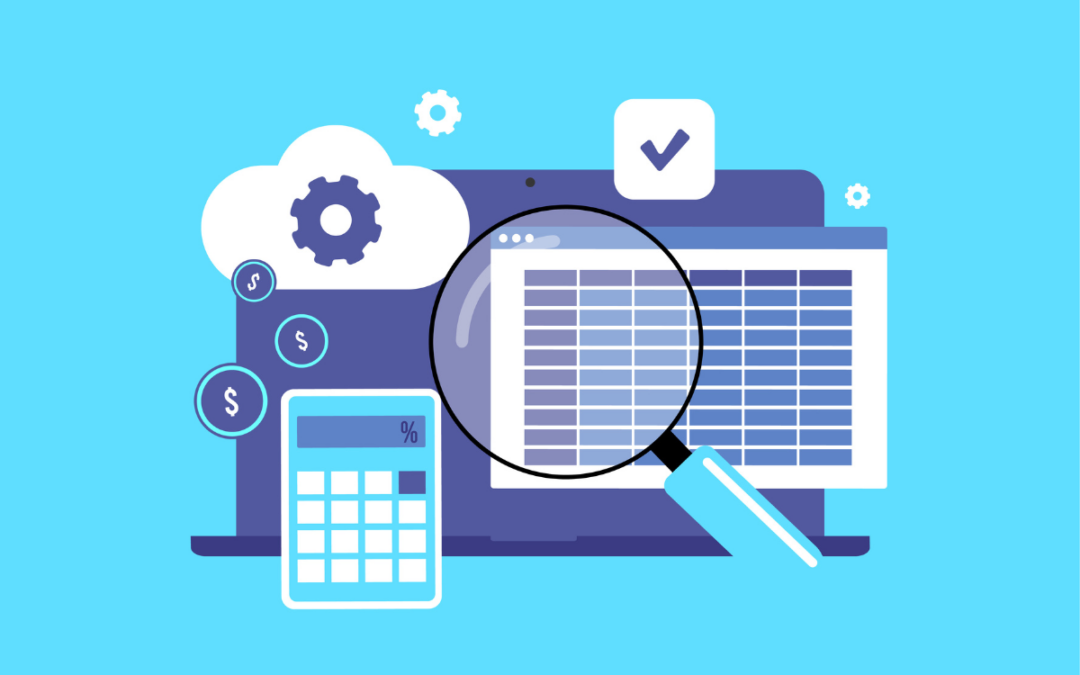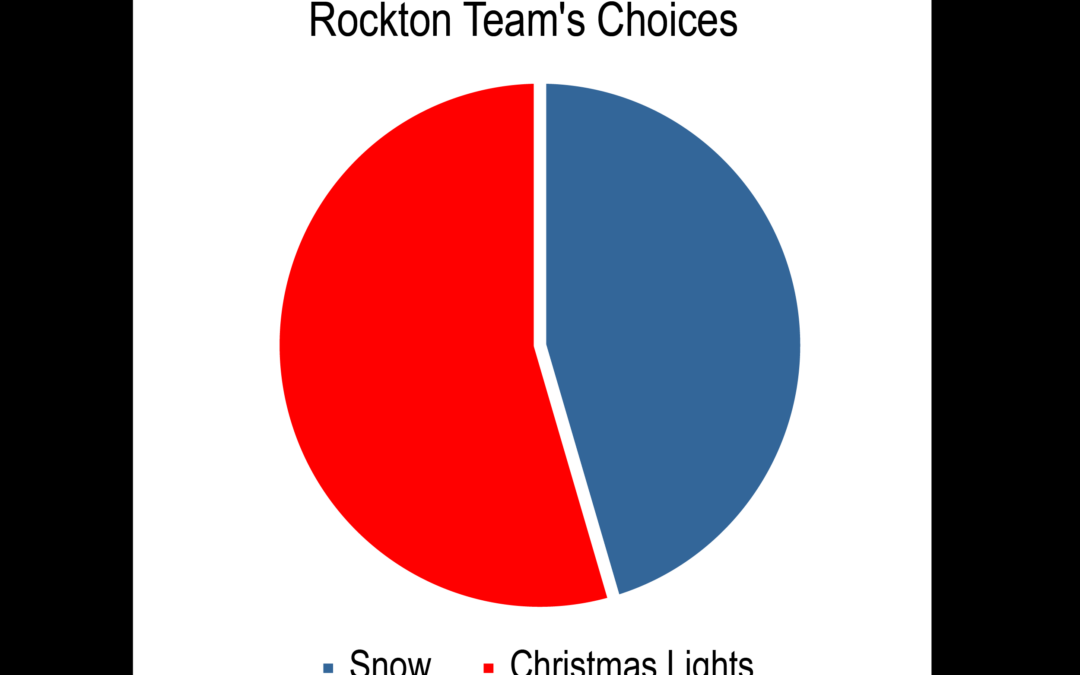Have you started a new business and unsure of how to price your product? Maybe you are trying to figure out how you keep losing money on your product or services? You’ve come to the right place. We’ll show you how to calculate your costs, so you don’t break your budget and lose money, the four main pricing models to choose from, and how to make sure you are making a profit.
Calculate Costs // Don’t Go Below this Number
To price a product, you first need to know how much it will cost to produce and sell. We’d list everything you need to consider, from rent to advertising, but the list would be too long. So, we broke it down into labor, material, and overhead expenses.
Labor and material are the tools of producing the product: raw materials and manpower. Overhead expenses refer to operational costs involved. This could be costs that must be met every month regardless of how many sales are made (fixed) or costs that fluctuate based on sales and other factors, such as promotional efforts, change of season, and variations in the prices of supplies and services (variable). Because variable expenses are not set in stone, you can use an average figure based on an estimate of the yearly total.
Here’s the equation you’ll need to find your product cost:
Material Cost + Labor Cost + Overhead Cost = Product Cost
Related Reading
If you are a business that must make sure someone gets paid down the line, then Rockton Pricing Management, a pricing solution, could help streamline that process. Rockton Pricing Management, or as we like to call it, RPM, can help calculate, track, and automate paying people back, such as royalties, commissions, and taxes. Watch this to learn more…
Choose a Pricing Method // How to Price Your Product
There are several pricing methods to choose from. Here’s four main ones to consider for your product: cost-plus, value-based, competitive, and dynamic pricing. We’ll describe each one and even give you advantages and disadvantages to help you decide which one is right for you.
Cost-Plus Pricing
Used by many manufactures, cost-plus pricing is a fixed percentage that gets added on top of the production cost for one unit of product. It focuses on internal factors, like production cost, rather than external factors, like consumer demand and competitor prices. If you choose this pricing method, be sure all overhead costs are covered and accurate, so your profits do not fall too low. Cost-plus pricing is calculated by:
Product Cost x (1 + Markup Percentage in Decimal Form) = Selling Price
This pricing method is simple to use, justifiable to your customers, and provides a consistent rate of return. However, prices have the potential to be too high and there is no guarantee all costs will be covered.
Value-Based Pricing
Another option to pricing a product or service is on the perceived value to the customer. This is the case for those products or services that are seen as being more valuable or beneficial to the customer. Examples would be a luxury car or high-end piece of jewelry. The advantages to this pricing option are:
- How easy it is to enter the market
- Commanding higher prices
- Proving there is a willingness to pay
- Helping you produce better products
Competitive pricing
It’s good advice to check with what your competitors are putting out there, but competitive pricing solely depends on the market price for setting a price. Businesses will set prices above, below, or equal to their competitors. The purpose is to maintain profit margins. This can be cost-effective and easy to implement and experiment with, making it a less risky option. However, if profit margins and production costs are completely disregarded, then you may potentially lose money or not make enough.
Dynamic Pricing
Dynamic pricing is when prices are constantly updating and adjusting in real-time based on market demand, availability, and other factors, such as supply and demand. It can help your business increase profits and sales, easily adjust to the competition, and be flexible and adaptable to changing circumstances. Just watch out for customer dissatisfaction. We did a deep dive into this pricing model so you can read more about the ins and outs of dynamic pricing and if it is right for you here.
Review Your Pricing // Make Sure You’re Making a Profit
The key to making a profit is to review your profits regularly. You should review your prices when…
- A new product or product line is introduced
- Your costs change
- You decide to enter a new market
- Your competitors change their prices (keep an eye on those guys!)
- Economy experiences (inflation or recession, anyone?)
- Your sales strategy changes, or
- Your customers are making more money because of your product or service
Making a profit all comes down to pricing. Your prices must cover all your costs and profits. Do a simple math equation to see if you are making or losing money off your products or services here. If you notice your prices are too high, then an effective way to lower prices is to lower costs. Once you settle on a price, remember that it’s not stagnant and can be changed depending on the dynamics of cost, market demand, response to competition, and profit objects.
So You’ve Set Prices… Now What?
There’s a lot when it comes to how to price a product and even afterwards, how to move product, reward your loyal customers, etc. That’s where we come in. We are here to help you streamline the process and make managing prices simpler and easier®. It’s our lifestyle. Let us help you make it yours.
- How can we help you manage prices? Meet Rockton Pricing Management, the most flexible, powerful, multi-platform (yes, it works with any ERP!) pricing solution ever available.
- Ready to talk to a human about how to make managing prices simpler and easier®? Book a one-on-one demo.
- Do you know how many pricing strategies are you doing? Download our pricing strategies checklist to find out.





